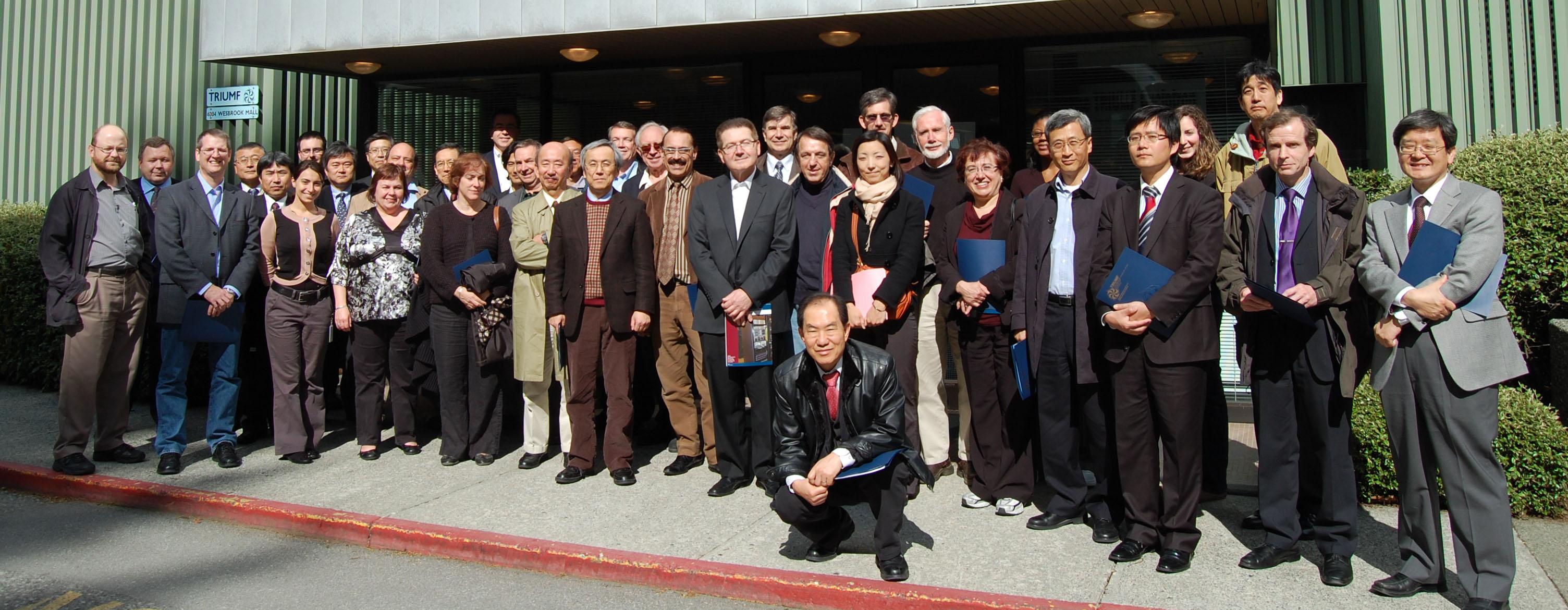
If you drive into Vancouver from the north or the south, an unassuming green sign declares the city to be a nuclear-weapons-free zone. Victoria, across the Georgia Strait, is also a nuclear-weapons-free zone; as a result, visiting U.S. naval ships are required to dock outside city limits.
This week, in the shade of such auspicious signage, Canada’s Department of Natural Resources played host to the Generation IV International Forum (GIF). A global forum, members met to disucss the future role of nuclear energy in the complex global energy challenge.
GIF is a cooperative, international organization of governmental representatives whose goal is to carry out the research and development needed to establish the feasibility and performance capabilities of the next generation of nuclear energy systems. The goals adopted by GIF provided the basis for identifying and selecting six nuclear energy systems for further development.
The six selected systems employ a variety of reactor, energy conversion, and fuel cycle technologies. Their designs feature thermal and fast neutron spectra, closed and open fuel cycles, and a wide range of reactor sizes from very small to very large. Depending on their respective degrees of technical maturity, the Generation IV systems are expected to become available for commercial introduction in the period between 2015 and 2030 or beyond.
About forty members of the GIF Policy Group (hailing from thirteen different countries) visited TRIUMF during their stay. As Canada’s national laboratory for particle and nuclear physics, research at TRIUMF addresses some of research and engineering topics related to advanced nuclear-energy systems. For instance, a research project led by Simon Fraser University professor Paul Percival used muon-spin resonance techniques at TRIUMF to image the chemistry and transport of supercritical water—a topic relevant to Canada’s research program in Super Critical Water Nuclear Reactors.
Tour guides Anthony Hillairet, Isabel Trigger, Anna Grasselino, and Stan Yen led the four groups of international experts around the lab. The visitors were interested in TRIUMF expertise with medical isotopes, as well as TRIUMF’s next-generation accelerator program using advanced superconducting radio-frequency technology—an option for so-called “accelerator-driven systems” which could use proton accelerators to burn nuclear waste or operate nuclear reactors in a subcritical regime.
The GIF Policy Group invited TRIUMF director Nigel Lockyer to open their Wednesday meeting with a short welcoming address. Professor Lockyer noted that Canada has a long history of nuclear-energy research, dating back to the world’s first operational nuclear reactor outside the United States: Chalk River’s Zero Energy Experimental Pile (ZEEP), which opened in September of 1945. ZEEP technology pioneered the use of heavy water and natural uranium, design choices that led to the popular CANDU reactors. Lockyer also pointed to the growing use of accelerators to supplement and complement the traditional missions of research reactors. He closed by noting that nuclear power almost certainly had a role to play in addressing the complex global energy challenge.
Whatever long-term energy solutions arise, it is clear that coordinated, global efforts such as GIF will be essential to their development and implementation. As a national laboratory for Canada, TRIUMF is committed to doing its part to make these conversations successful.
-- T.I. Meyer, Head, Strategic Planning & Communications
